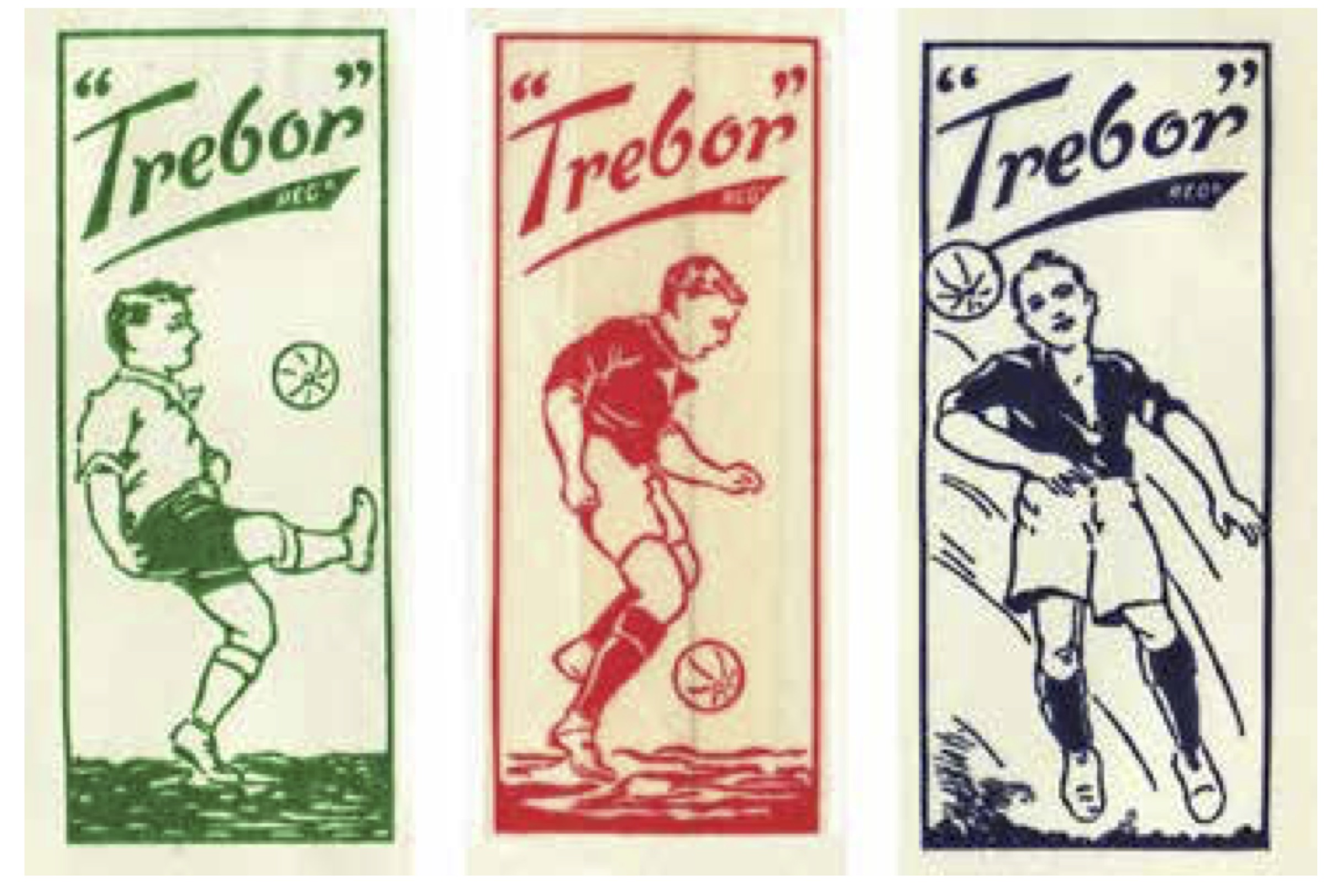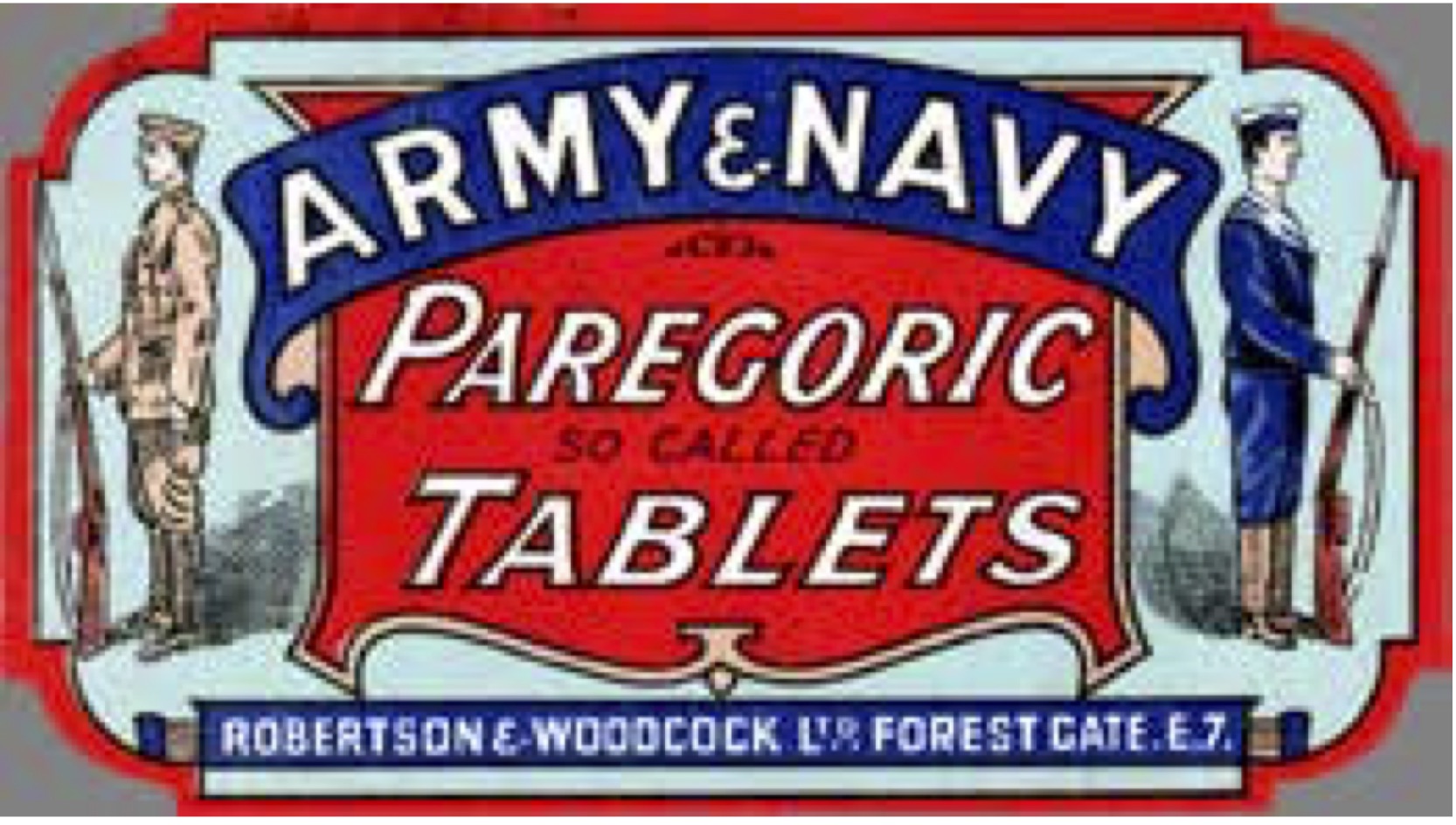Post
ARCHIVE | Sugar Rush: The Trebor Story
8 Apr 2020
In pre sugar-tax days, sweets brought colour, delight, and employment to East London, as author Matthew Crampton reports.
This piece was first published in the Journal of The London Society 469 (Spring/Summer 2016)
In 1907, four men set up a small venture to boil sugar and make sweets. They lived in a wild new city that was emerging on marshland over the River Lee from the old East End of London. The boroughs of East and West Ham were ripe turf for such plucky venturers. Their young firm, Trebor, pulled ahead of competitors by doing clever things: buying machinery from Germany, ditching horses for motorised delivery vans, and grabbing the opportunities of wartime. It expanded constantly, first by building more factory, then by acquiring other firms. By the late 1940s, Trebor was a major British confectioner; by the 1970s a worldwide name in sugar sweets.
But it all started with chess. Wholesaler Thomas King loved going to the East London Chess Club in Stratford. During a game one day in 1906, he heard his friend Robert Robertson complain about working in a small grocery shop. King recalled being approached recently by a sweetmaker, William Woodcock, who, out of the blue, had asked for a loan to buy sugar. This gave King an idea. Rather than simply bankroll Woodcock, why not set up their own confectionery business, combining Woodcock’s manufacturing skills — and equipment — with Robertson’s ambition and his own entrepreneurial verve? When King included Sydney Marks, the best salesman he knew, the idea took off.
Soon customers were queuing for the firm’s Rock Allsorts, Cokernut Candy and Stick- Jaw. Confectionery was then a local business, with many tiny firms supplying nearby shops. Through King’s ambition, Trebor built ever-larger premises in Shaftesbury Road, Forest Gate — its home from 1907 through to 1982.
Unlike many confectioners, the firm did well out of the First World War — and soon raided post-war Germany for the best machinery for making sweets. Inspired by the way that drugs firms made pills, Trebor used similar machinery to compress dry sweets such as mints. Its Extra Strong Mint, launched in 1935, remains popular to this day.
Sydney Marks remembered the early years. “We were without electricity, all the goods were made by hand, and the craftsman ruled supreme. The boiling room consisted of six pairs of coke fires, each run by three women.
In winter they let the fires burn to warm up the place before putting on the copper pans. The room filled with sulphurous fumes and we had a jolly good cough before starting the day’s work.” By the 1930s the Forest Gate factory stood proud within the residential crush of Forest Gate. Its brick chimney still rises gloriously above those streets, alongside the Shaftesbury Road Primary School, whose kids loved those magical days when spare sweets were thrown over the wall into the playground. Steadily Trebor turned more and more of neighbouring Katherine Road into factory. In 1936 it knocked down houses to create 580,000 square feet of new space, built by Messrs Rice & Son for £30,009. Opened two years later, the extension soon reached capacity. So Trebor built a factory in Chesterfield, Derbyshire, then another one in Woodford, further out in East London.
Glance through Trebor’s 1936 catalogue and you’ll find over 450 different types of sweets, often exotically named. Some are fun, such as Clickety Clicks, Raspberry Dab Suckers and Doo Dahs. Others point to medicinal properties, such as KoffKops, Cherry Coughs and Invalid Toffee. And there are those names into which a modern mind can invest the innuendo that was no doubt intended: Fudge Fancy Boxes, Licorice Flaps, Bingo Bars and Grannies Chest Tablets. Sweets were more fun in those days.
Modern Trebor products have comparatively boring names such as Softmints or Extra Strong Gum — and there are only seven, not the hundreds back then. We shouldn’t fall for the illusion of choice in modern supermarkets, for if sweet names and variety are anything to go by, the 1930s offered more to consumers.
During the Second World War, East London was seldom a safe place. German bombs regularly hit its docks and industry. Somehow the area around the factory managed to escape. Trebor was able to fulfil its wartime sugar contracts until the night of Tuesday 18 April 1944, when the factory received a direct hit. Several people were killed in houses nearby, including one of the firm’s stokers, but the 200 neighbours sheltering in the firm’s basement all survived. Production re-started a week later. Forest Gate remained the heart of the firm. Its white art deco building now houses apartments, one of several sweet factories turned domestic within East London. And to this day the building bears the large Gill Sans legend, TREBOR QUALITY SWEETS.
When The Trebor Story was published, I signed books one Saturday afternoon on a table outside the Newham Bookshop, just before a home game at West Ham. Countless people stopped to say hello and tell stories about working for the firm. Hundreds more have since contacted our website and blog.
For decades Trebor was a major presence among the local population. Many East London families provided it with generations of staff. In turn the firm lent a benevolent — but patrician — help to their lives. There were sports and social clubs, with regular parties, Christmas dinners and outings to West End shows. At that time people worked longer hours and were happier to socialise with colleagues. The notion of company spirit had not yet been tarnished by cynical corporate manipulation.
In the bustle of Edwardian London it was an easy, exciting thing to boil some sugar, handwrap some sweets and then hustle them to local shops. But if Trebor’s four founders were young today, it’s unlikely they would be attracted to corporate confectionery. They might rather work in digital media, or some other field offering scope for enterprise and style.
Happily, that type of firm is now re-emerging in Forest Gate. The big industry has gone, but Trebor’s old home is bursting once again with the vitality of a new generation of entrepreneurs.
Matthew Crampton is a writer and folk singer. His next book is Human Cargo: stories & songs of trafficking & transportation, based on a show he wrote to explore the experiences of migrants in the eighteenth and nineteenth centuries. Details at matthewcrampton.com.
The Trebor Story is a hardback treat packed with pictures of old sweet wrappers. Buy it via thetreborstory.com

